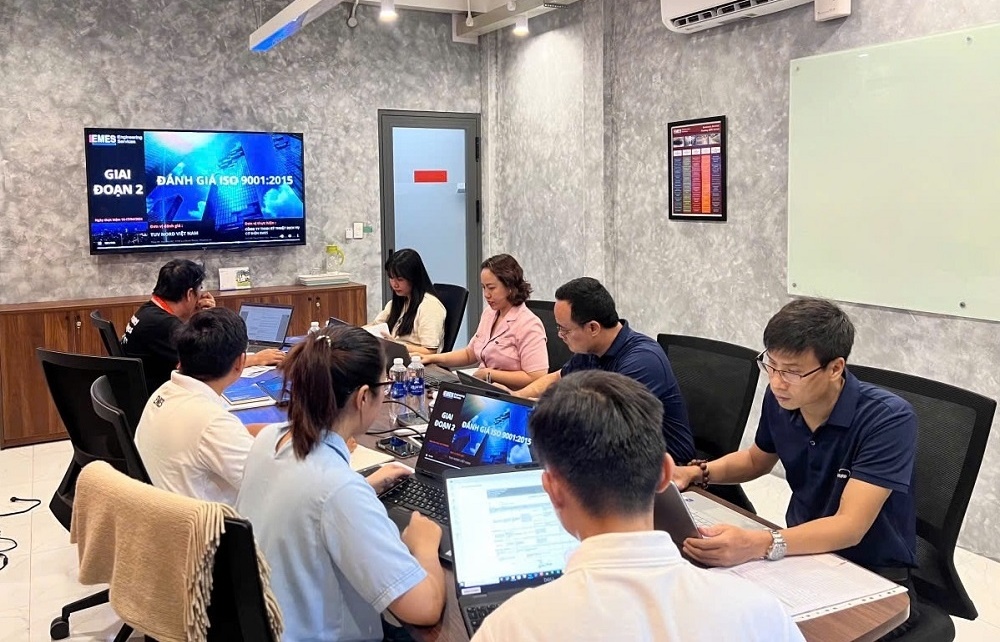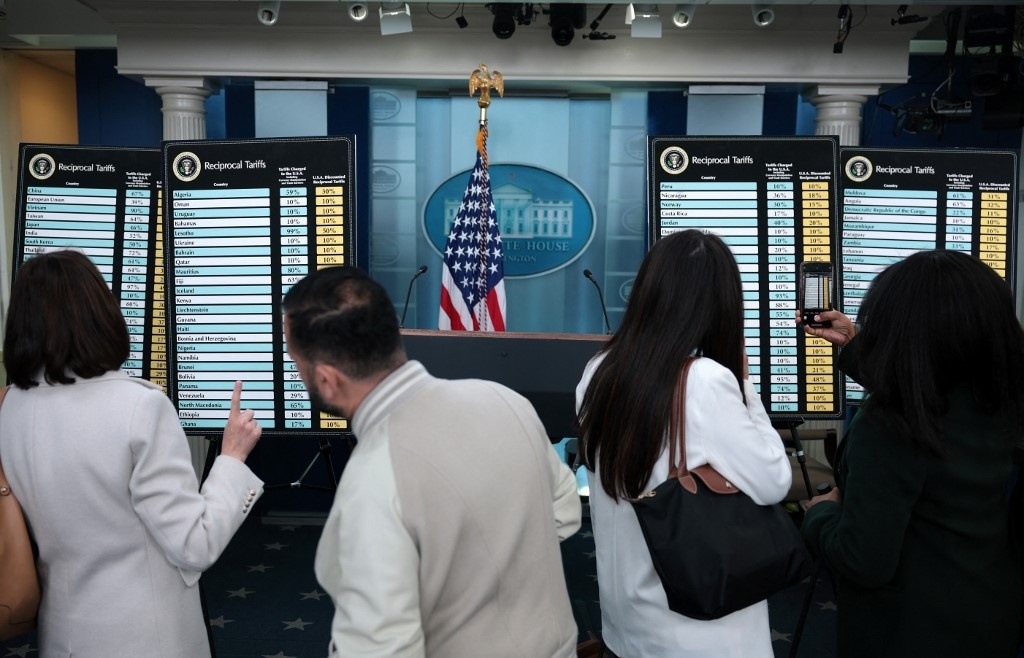Rebooting through targeted measures
 |
| Professor Dr. Tran Ngoc Tho from the Ho Chi Minh City Economics University |
Focusing on economic stimulus and support packages is the choice of many countries not to miss the historic transition train to a new global economy built on a green and digital foundation.
Wealthy countries with abundant resources accumulated decades ago have implemented policies to pump money into the economy on an unprecedentedly large scale. These policies began in 2008 when the financial crisis occurred and are now increasing in fighting the current pandemic.
Emerging countries also imitated developed countries with economic stimulus packages, even with a more extensive scale, in response to the 2008 financial crisis. Part of this generosity was because many emerging economies have recorded high growth of around double digits for many decades. Sadly, however, all that massive spending generates a short-lived growth only, then fades away. Emerging economies are now more likely to face the constant risk of debts beyond their ability to pay.
When COVID-19 hit, emerging economies no longer had enough resources to implement fiscal stimulus packages like before. They have no choice but to push up reforms to enhance their productivity. Fiscal stimulus packages and state credit guarantees in emerging economies had increased from 6 per cent of GDP in 2008 to 9 per cent in 2020.
However, these packages are relatively small compared to the size of economic stimulus packages implemented by developed countries (from 10 per cent of GDP in 2008 to 33 per cent last year). Developed countries spent nearly four times more on economic stimulus packages in 2020 than developing countries.
China is the most notable case. Many organisations lauded its fiscal stimulus packages in 2008 of 14 per cent of GDP as a “rescue” for the global economy from recession. As a result, China is beginning to suffer the consequences of a vast debt bomb, the risk of a financial bubble, and economic growth starting to slow down significantly. To fight with COVID-19, China’s economic stimulus packages were reduced to about 9 per cent of GDP only.
Responding to the pandemic, developing countries, instead of focusing too much on calculating how large enough stimulus packages should be, are betting on how to push a series of reforms to improve economic growth and productivity.
Global mass media has reported on Indian farmers protesting during the pandemic as the government began to end many protectionist subsidies for agriculture. But that reflects the new agriculture law, in a comprehensive effort to promote the competitiveness of the private sector, to mobilise all investment resources for the infrastructure sector.
Indonesia, meanwhile, aware that it will not benefit much from the movement of international capital flows out of China due to US-China tensions, is setting an ambitious strategy by reducing corporate income tax (CIT). And the Philippines, in the meantime, is trying to cut the high CIT rate from 30 to 20 per cent, to increase competitiveness with other countries in the region. Elsewhere, for the first time Egypt, Saudi Arabia, and the United Arab Emirates are allowing foreigners to buy homes and local businesses.
Policy implications for Vietnam
The first lesson for Vietnam is to simultaneously fight the pandemic like the enemy and focus on structural reform strategies. In this regard, the International Monetary Fund (IMF) recently recommended developing countries with a 3-point plan, starting with encouraging vaccines production and distribution against COVID-19.
Responding to this 3-point recommendation, the Vietnamese government issued Resolution No.63/NQ-CP 2021 on promoting economic growth and disbursement of public investment and sustainable exports, mentioning the ambition to form a vaccine manufacturing industry in Vietnam. This is the right step and is decisive in the fight against the pandemic. Although this resolution covers almost all aspects of the IMF’s 3-point plan, the critical solutions do not mention at least two core issues. They are developing a green economy and fighting climate change, as well as strongly opening up the financial market to attract more external resources.
The IMF warned that “poorer countries bear the high risk of missing the historic transition to a new global economy, built on a green and digital foundation”. The risk of doing too much is lower than the risk of doing too little or doing nothing.
Despite efforts to fight the pandemic, the consequences of COVID-19 have left a too great scar for countries. Vietnam is no exception and our utmost priority in the coming time is to heal the wounds.
We must face the truth that it is time to accept a significant increase in investment spending and increase public debt to support vulnerable households, workers, and businesses. We fully share concerns about public financial risks and the sustainability of public debt. But it should also be recognised early that, if the pandemic is left uncontrolled, the consequences would be greater risks than long-term economic prosperity of the economy and fiscal sustainability.
The initial rollout of the fiscal stimulus and support package in 2020 was a form of policy design and implementation in the style of “the risk of doing too little is lower than the risk of doing too much”. Reality has shown that such a policy brings little efficiency because fewer subjects have received benefits than expected.
Therefore, the upcoming fiscal stimulus and economic support package must be designed under the motto “the risk of doing too much is lower than the risk of doing too little or not doing anything”. We have only two options and we have to choose the least bad scenario.
Tax policy reform
According to the IMF, urgent action now is to prioritise vaccination while issues related to fiscal spending and the public debt ceiling are solved in the long-term. However, we must also gradually deal with risks that may lead to future fiscal danger.
The pandemic is a temporary shock. In principle, to arrange the income flow financing for the consequences of the pandemic must also be temporary. In that context, policies to increase taxes at this time instead of reducing taxes will badly affect the investment environment and the economy’s resilience.
The National Assembly’s chairman made a notable comment on this issue when saying that it is not acceptable to carry out a taxation policy under the way of “where the shortage is, is where the supplement is added”.
Instead, we need to note two major issues. Firstly, tax authorities do not necessarily use tax tools to increase income because it is a temporary shock. Instead, they can use income from equitisation and divested capital in state-owned enterprises, cut costs, save regular expenses, and consider issuing government bonds to the international market.
Secondly, authorities can turn taxes from temporary shocks into permanent ones. The pandemic has spurred e-commerce and the digital economy to unprecedented growth. It is high time that authorities should focus maximum resources on designing tax policies for the digital economy to create long-term revenue sources that can partially subsidise over-budget expenditures to fight the pandemic. This represents a radical and systematic change in tax policy here.
What the stars mean:
★ Poor ★ ★ Promising ★★★ Good ★★★★ Very good ★★★★★ Exceptional
 Tag:
Tag:
Themes: Together We Win
- Greater Mekong Subregion executives to discuss sustainable tourism
- TCPVN donates 1,200 medicine bags to COVID-19 patients in southwest
- AB InBev supports orphans with scholarships amid COVID-19
- Evaluating the reach of support in turbulent times
- Gamuda Land grants “Back to School” scholarships to support disadvantaged students
Related Contents
Latest News
More News
- Drawing insights from data law draft (March 27, 2025 | 15:00)
- Keys to success for science, technology, and innovation (March 27, 2025 | 13:30)
- Vietnam poised for tech revolution: insights from Cambridge expert (March 26, 2025 | 11:47)
- Cooperation advantages from US-ASEAN relations (March 25, 2025 | 08:40)
- Strong Singapore-Vietnam ties can be capitalised on (March 22, 2025 | 19:00)
- Vietnam’s economy forced to navigate rough seas this year (March 21, 2025 | 09:00)
- Slew of improvements in proposed railway rules (March 20, 2025 | 16:09)
- How businesses can avoid greenwashing plight (March 18, 2025 | 17:00)
- Draft can be more effective for seafood enterprises (March 18, 2025 | 15:09)
- A comparative investment guide to Singapore and Malta (March 17, 2025 | 18:35)



















 Mobile Version
Mobile Version